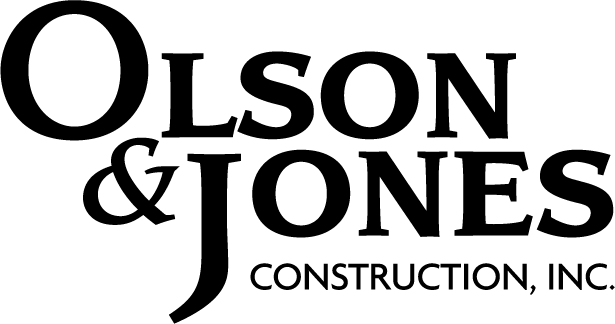Building Codes: Do They Exist Just to Make Life Harder? You Might Be Surprised...
Some of the toughest parts of any construction job are the plan review and permitting at the beginning, the incremental inspections during construction, as well as the final inspections at the end. Plans need to be revised, and builders and customers alike often become frustrated by the back and forth it takes to allow a project to pass inspection. Still, though, we submit plans to the city, we wait for approval, and we request inspection to make sure we can continue construction work, and then get final authorization so we can occupy our new space. So, this begs the question, why? Why do building codes exist, how did they come to be, and what exactly are they meant to protect us from?
The first recorded building code is believed to be contained in the Code of Hammurabi, one of the first Babylonian legal documents that humans were able to translate (Cowen Construction, 9/12/2019). This document was not a “code” as we know it today, but it placed accountability on the builder for creating a house that would not harm the dwellers within. The code explained: if the builder builds a home that, due to faulty construction, kills the dweller, the builder himself shall be slain. Additionally, if the kin of the homeowner are killed in an accident as a result of poor building, the builder’s children will also be killed as a punishment. The builder is also responsible for any property damaged because of a failed home. While this code is intense compared to what we use today, the goal remains similar: create accountability for safe construction.
Throughout the 1800’s and 1900’s, there were several great fires at factories and other places of employment that were the catalyst for creating modern building and fire code. One of these fires was at a shirtwaist factory in New York. This factory fit the typical definition of a sweatshop, employing many young, low-wage, immigrant women, working them many long hours, and all packed very close together. According to US Census Bureau, at the end of the workday on 3/11/1911, workers began to smell smoke. To keep the women, that were working in the factory, from leaving or taking breaks, the doors of the shirtwaist factory were locked, causing the employees to flee to the elevator and fire exits, both with very limited occupancy. The elevator and fire exit were both destroyed by the heat and extra weight of everyone fleeing at once. In a desperate attempt to escape, many women plunged down the elevator shaft and out of the windows to their deaths. 146 lives were claimed by this fire in less than an hour. This fire is still considered one of the worst modern industrial disasters in history (www.census.gov). This fire was also important in building and fire code reform.
“Egress”, meaning “exit”, is the method by which a place is exited. Egress is a big deal when talking about building code. The direction and extent to which a door is able to open might not seem like a big deal, but you have to think of these things from the perspective of somebody trying to exit during a fire or another emergency. Think about a crowded public building with one door. If there was a fire, the first priority is getting everybody out. If everyone were crowding at the one exit and the door only opened toward the inside, getting that door opened would be very difficult. Scared people would be clamoring to get out, pressing on the door. If the door were to be opened, being that this door was the only means of escape, the person opening the door is put in peril of being trampled or hurt in the process. The number of people that can safely exit is also lessened. What might have been a small fire ends up turning into a disaster where numbers of people are hurt unnecessarily.
A commercial space with doors opening inward is not up to code. Homes must have outdoor lighting at all exterior doors to illuminate safe exits to meet code. Roofs must be designed to withstand snow and wind loads. All these code requirements, and many others, may have stemmed from awful events. But officials attempt to learn from every fire and disaster, creating measures for construction to keep the harm from these disasters from happening again.
You can now see how building, fire, environmental, and all the other codes for construction work to create a system where people can walk into a building, whether it be commercial or residential, and feel a certain modicum of safety. Codes provide a standard of relative safety that each building must meet. The bottom line is – Building Codes exist to preserve life and property.

